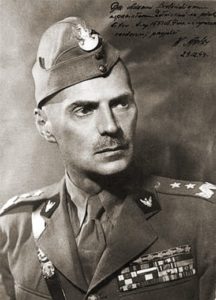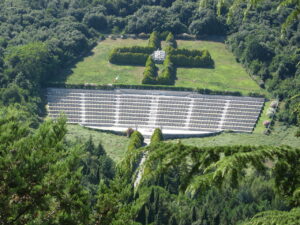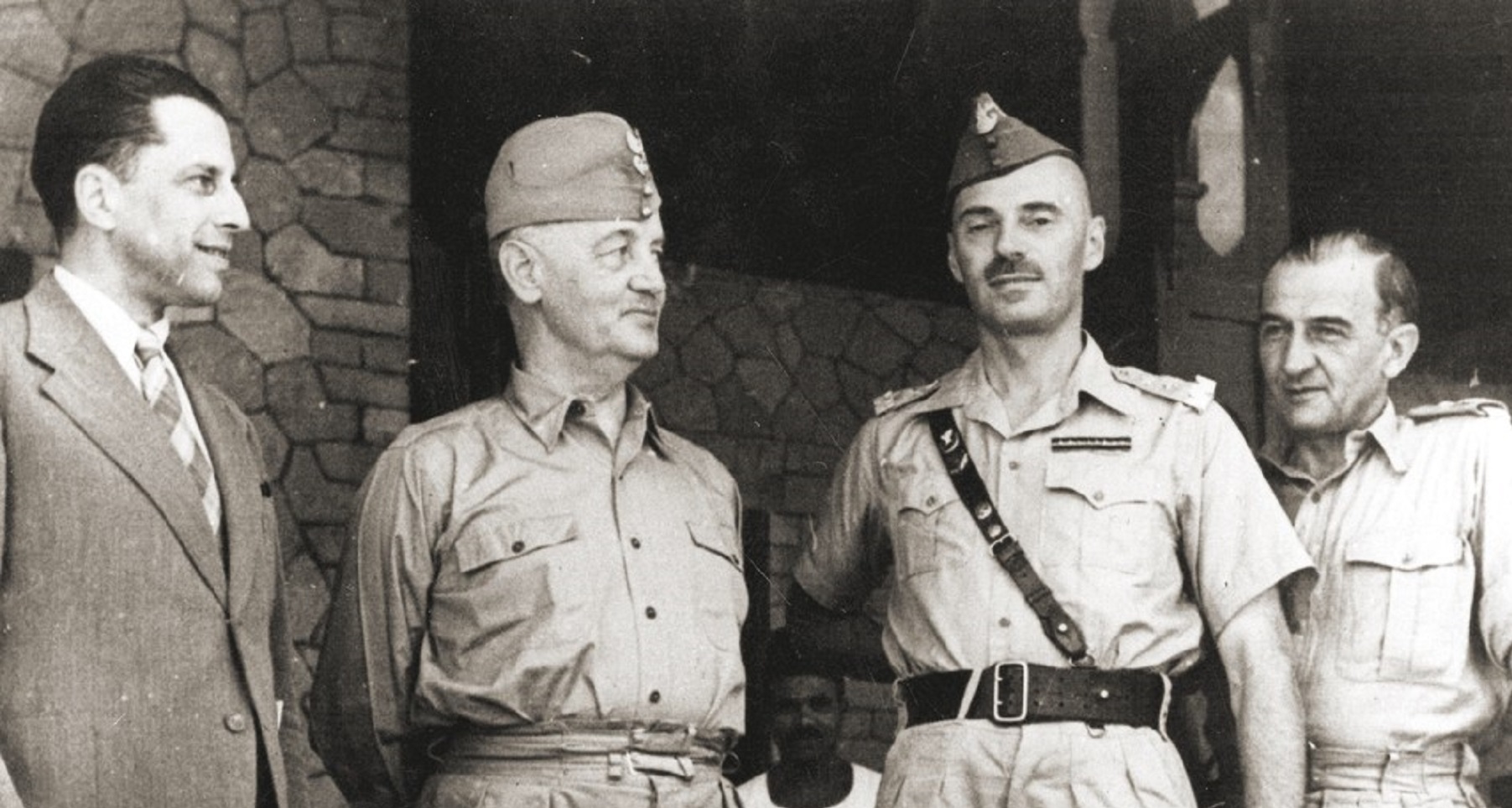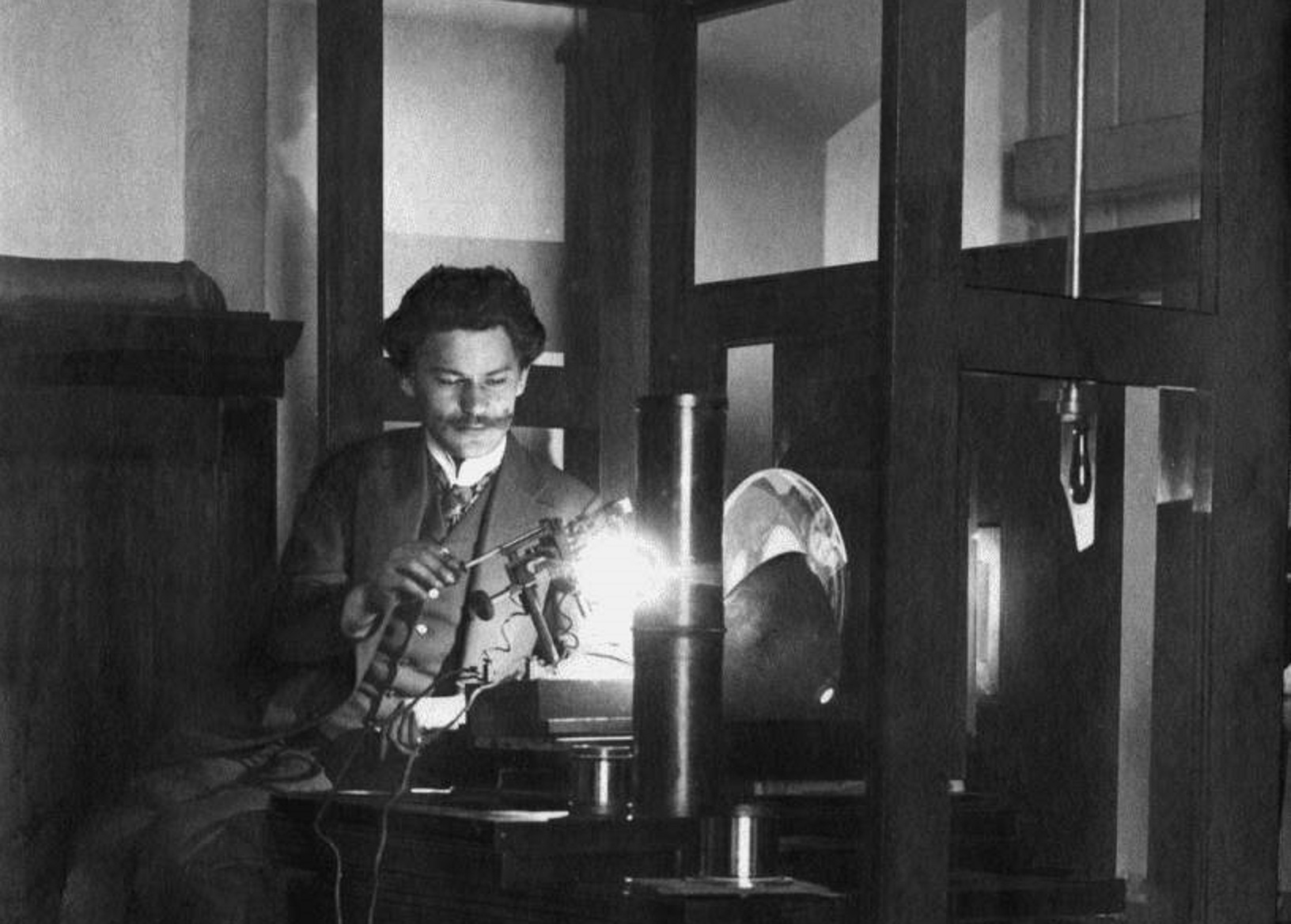General Władysław Anders was a great patriot, an ambitious commander, a victor of many battles, and a man who saved thousands of his countrymen from Soviet prisons. He was also a powerful politician who opposed the will of foreign powers. He died on 12 May 1970 in London.
by Piotr Bejrowski
Władysław Anders was born on 11 August 1892 in Błonie, near Kutno, to a gentry family. Anders’s family came from Livonia, and his parents were Evangelicals. However, Anders converted to Catholicism in 1942. After graduating high school, he was called to the Russian army where he attended a cavalry officer school, and also participated in equestrian competitions. Even before the outbreak of the First World War, he completed six semesters at Riga Polytechnic. In 1917, he graduated from the General Staff Academy in St. Petersburg. The February Revolution found him in Romania, where he served as chief of staff of the 7th Rifle Division. Later he took part in the formation of Polish troops under the command of General Józef Dowbor-Muśnicki. After joining the Polish Army, during the uprising of the Western Wielkopolskie region against Germany in early 1919, he became the chief of staff of the Wielkopolskie Army. During the Polish-Bolshevik war (1919-1920) he commanded the 15th Poznań Uhlans Regiment. He distinguished himself at the battlefield of Berezina, where he was wounded.

From 1921-1923, he studied at the War College in Paris. After returning to Poland, he became a staff officer at the General Cavalry Executive, headed by General Tadeusz Rozwadowski, former chief of the General Staff of the Polish Army during the Polish-Bolshevik war. In January 1934, Anders was promoted to brigadier general. In September 1939, after Germany invaded Poland, he commanded the Novgorod Cavalry Brigade operating within the “Modlin” Army. He fought in the Płock, Lidzbark and Lublin regions, among others. He was wounded while fighting against the Soviet army, which by had then also invaded Poland. On 29 September 1939, he was detained by the Soviets and was later imprisoned for twenty-two months, first in Lwów, and then from February 1941 in the central prison of the NKVD in Moscow.
He was released from prison only after the outbreak of hostilities between the Germans and Soviets and after the signing of the Polish-Soviet Sikorski-Mayski Agreement on 30 July 1941. Anders was promoted to division general and appointed commander of the Polish Army in the Soviet Union. He opposed engaging some forces on the Eastern Front and decided, after expecting the defeat of the Red Army, to evacuate Polish troops as well as civilians to Iran. The first units – formed from soldiers saved from labour camps, prisons and other places of exile – set out in March 1942. After a few months, others joined them. In total, almost 120,000 people were evacuated, including women and children. This so-called “army of hope” marched across three continents. Before the soldiers of the 2nd Polish Corps were transferred to Italy and incorporated into the 8th British Army in December 1943, they were trained in Iraq and Palestine. At that time Anders had the full confidence of his compatriots and as his deputy General Zygmunt Szyszko-Bohusz wrote: “No one else could cope with all this. He is completely loyal, devoid of any personal ambitions, full of energy and verve. He does it all for the good of Poland.”

During the Italian campaign, the 2nd Polish Corps became famous primarily after conquering Monte Cassino in May 1944, which forced the Germans to leave the fortifications of the Gustav Line. Next, the Polish forces liberated Ancona, broke through the Gothic Line, fought in the Apennines and took part in the victorious battle for Bologna. On 28 April 1945, German troops capitulated in Italy. At that time, Anders arranged his soldiers’ social and cultural life, as he treated them almost like his own sons. He ordered to attack Monte Cassino with the following words: “Beloved soldiers, my brothers and children…”
In the last phase of the war, he was Commander-in-Chief (February-May 1945) of the Polish forces. He strongly opposed the provisions of the Yalta Conference and the policy of appeasement to the Soviet Union (he had already criticized Polish Prime Ministers Władysław Sikorski and Stanisław Mikołajczyk for this attitude). Throughout his career he was a defiant officer who was not afraid to criticize his superiors and often presented new solutions to them as a fait accompli.

After the war, he remained in Great Britain and participated in the political life of the Polish diaspora. He served, among other positions, as the General Inspector of the Armed Forces and the Commander-in-Chief, president of the Polish Educational Society and chairman of the Polish Cultural Foundation. The Communists, however, considered him one of their greatest enemies. On 26 September 1946, the Communist Provisional Government of National Unity deprived Anders of his citizenship and his rank. Anders’ achievements were being diminished, including his role in the Battle of Monte Cassino. For many Poles still in the country, Anders remained the embodiment of military ideals and virtues. Some even believed that he would return to the country to bring its much longed-for freedom.
In accordance with his will, he was buried among his soldiers in the Polish War Cemetery at Monte Cassino.
Author: Piotr Bejrowski
Translation: Alicja Rose & Jessica Sirotin





